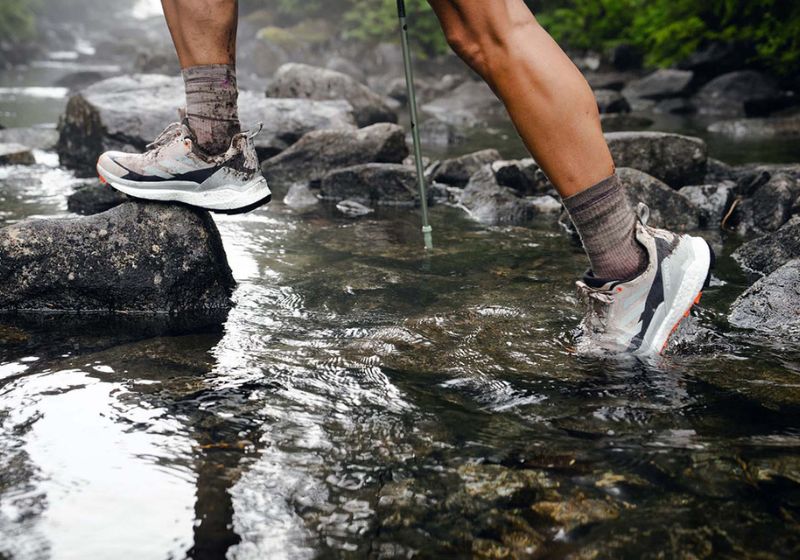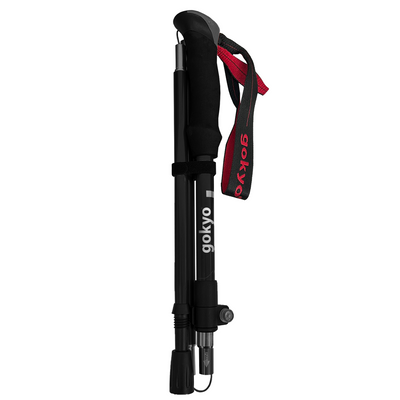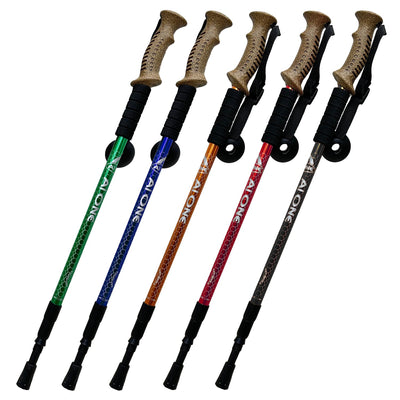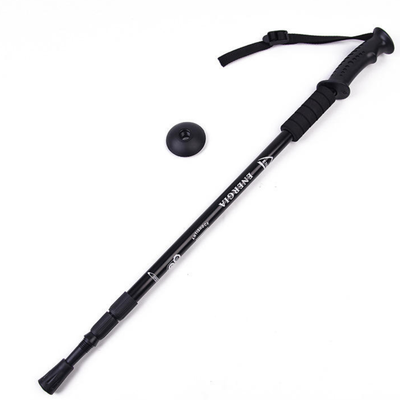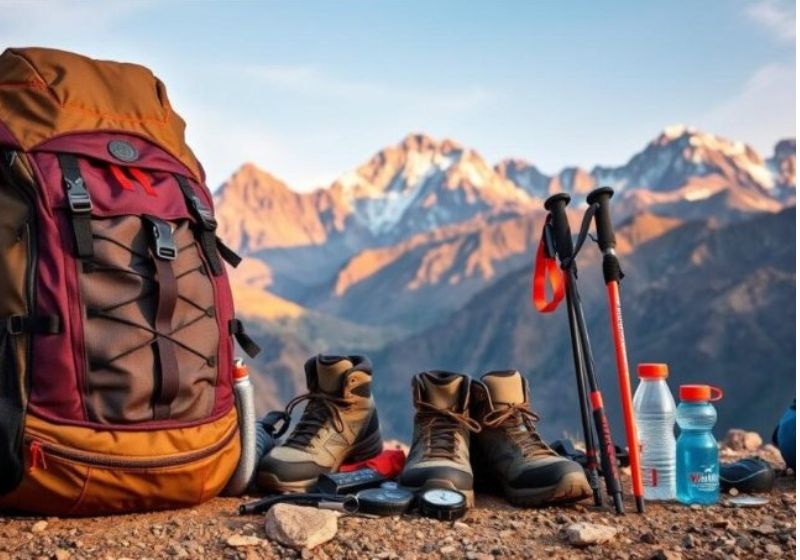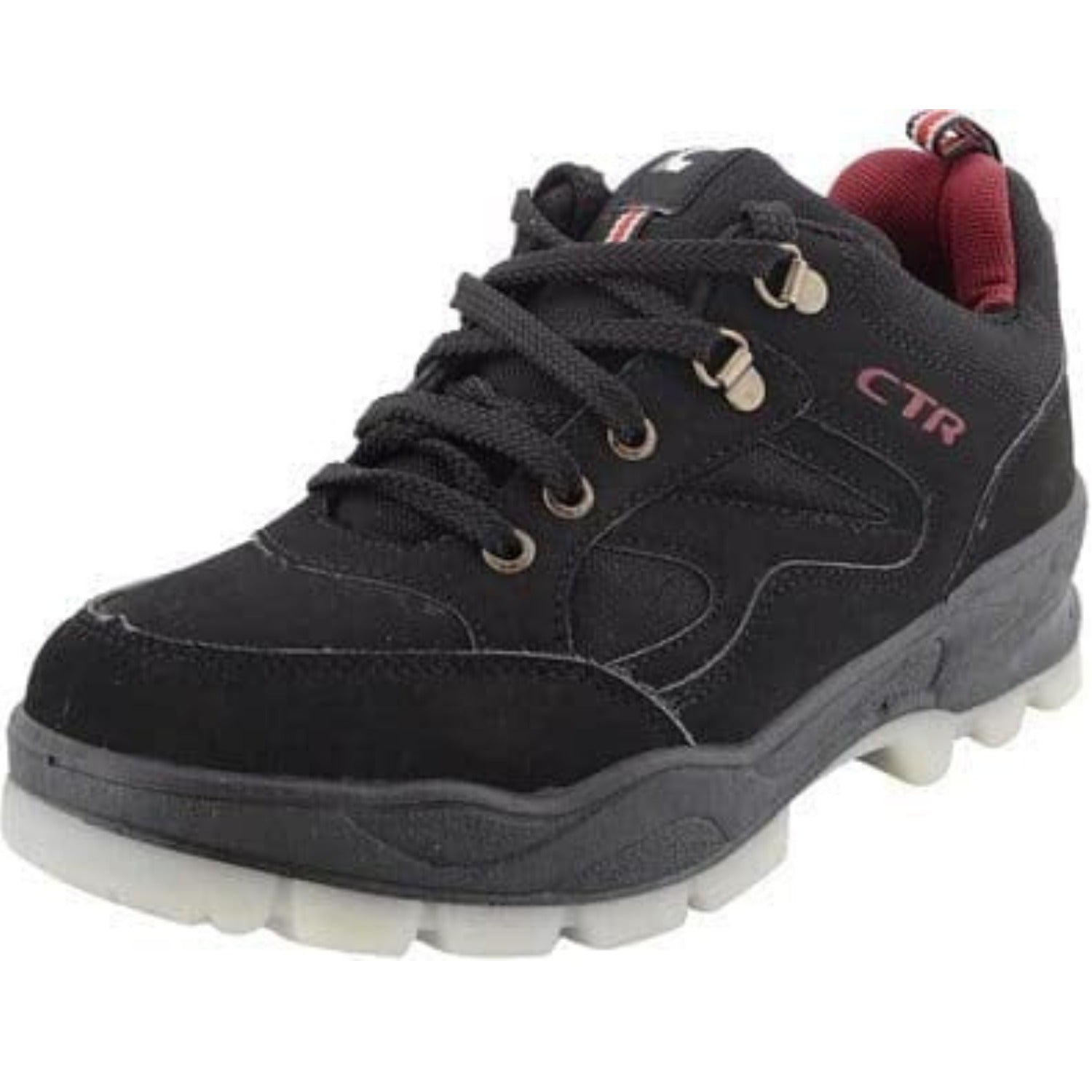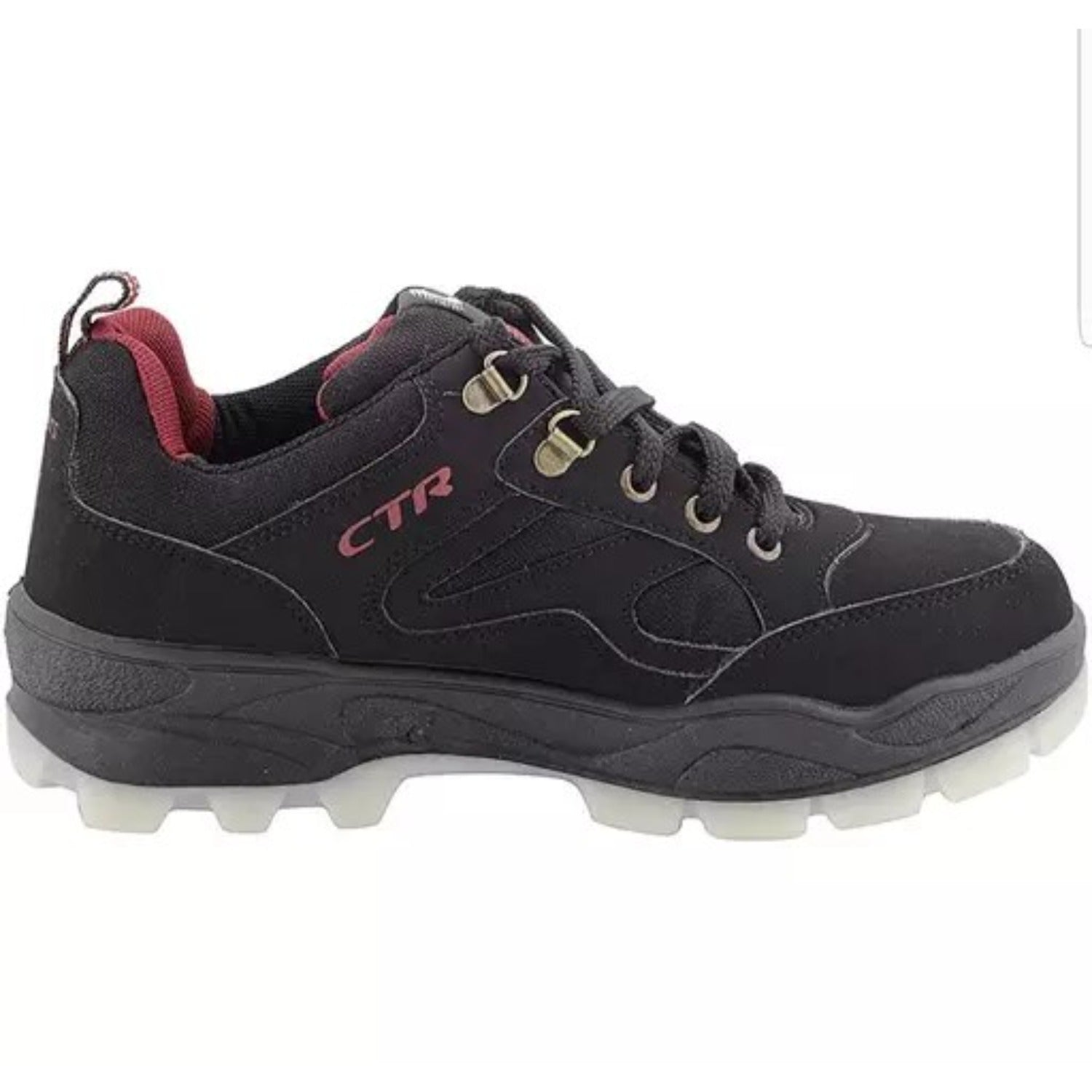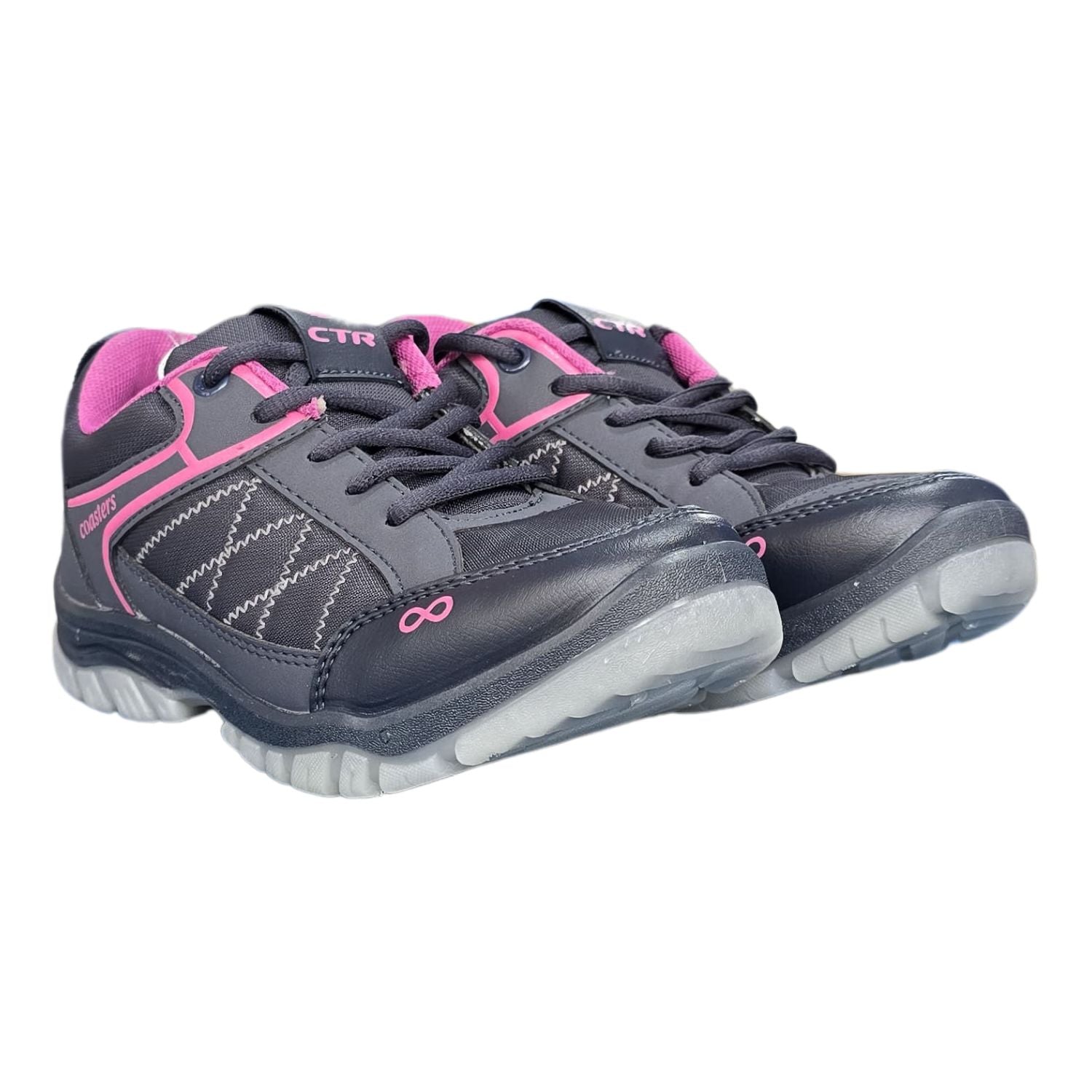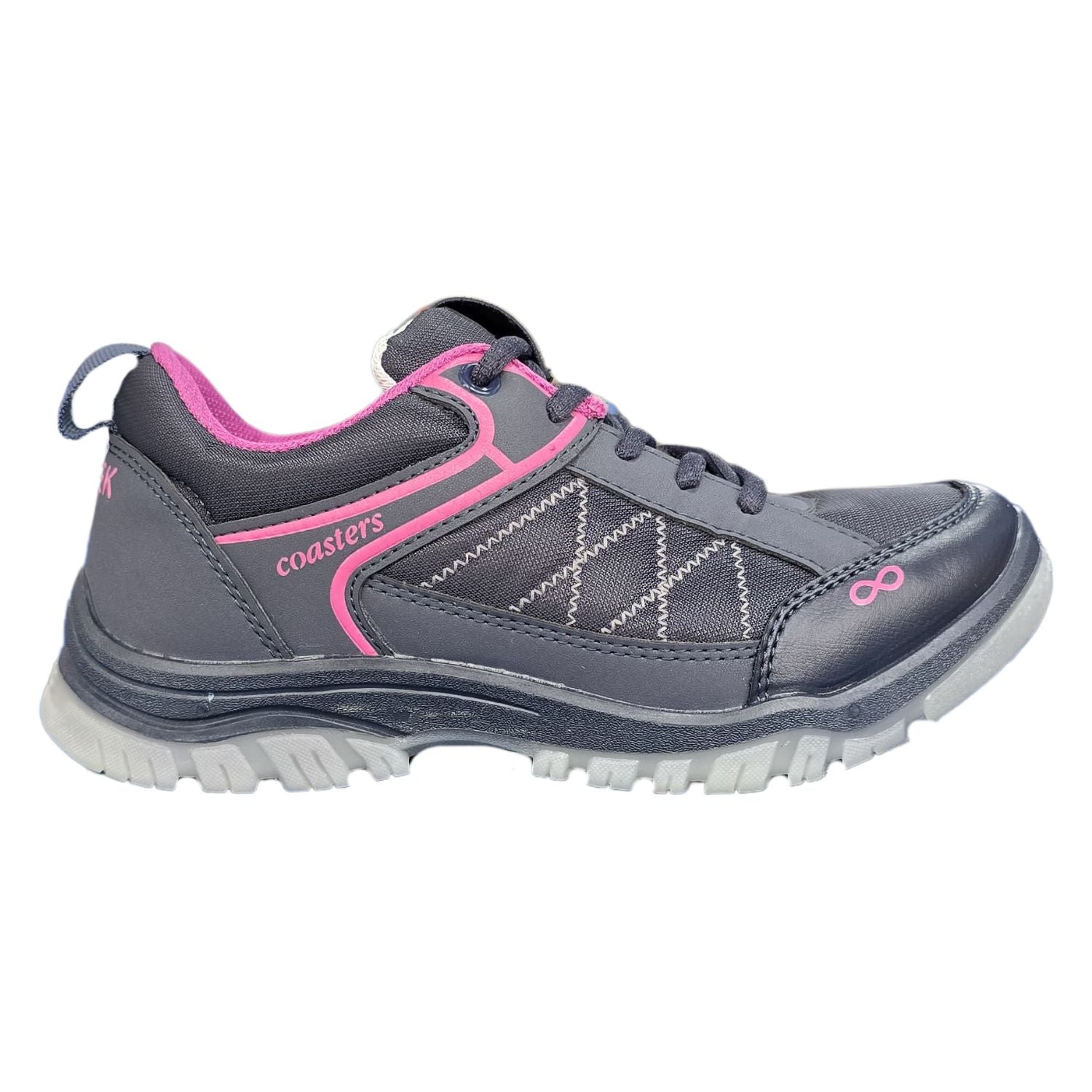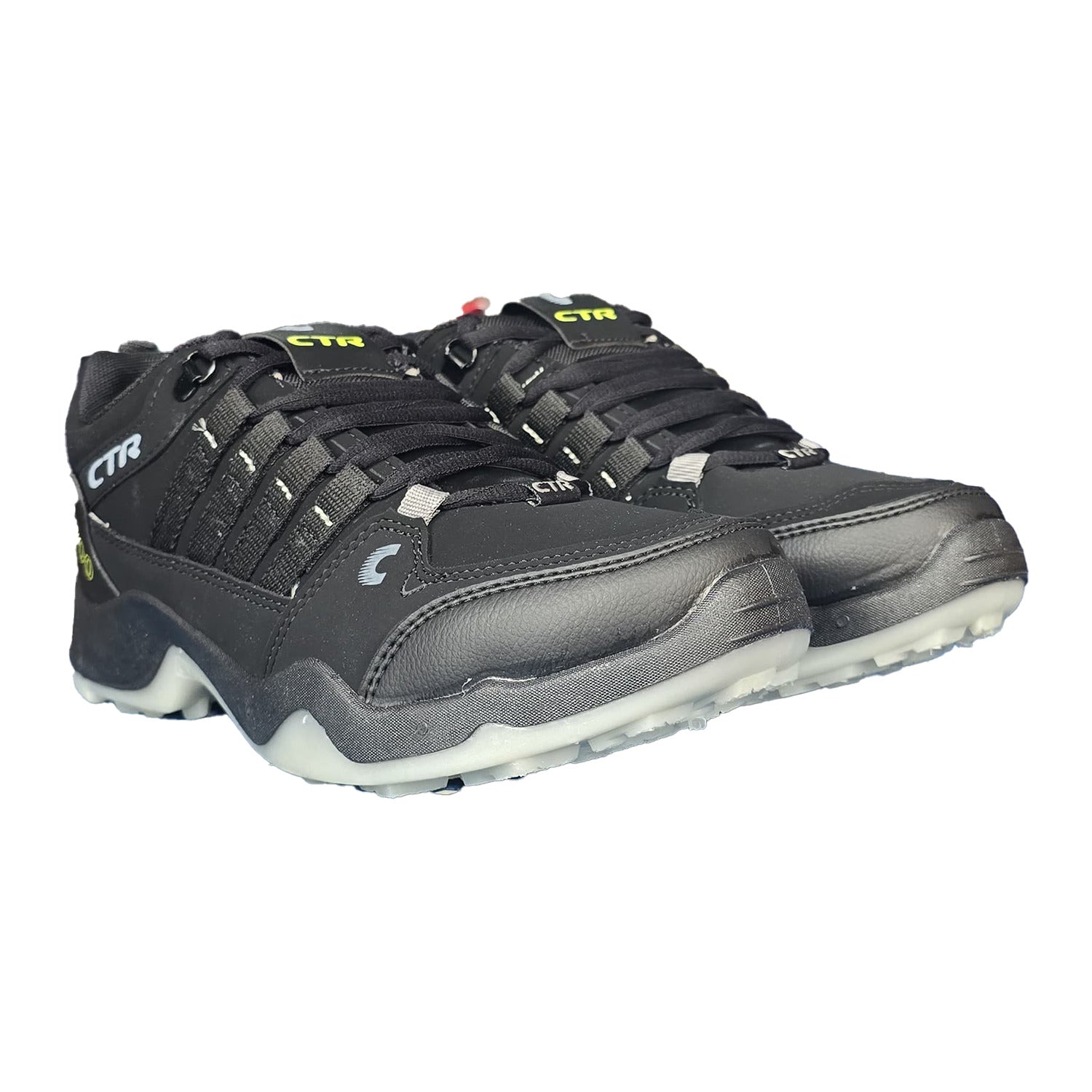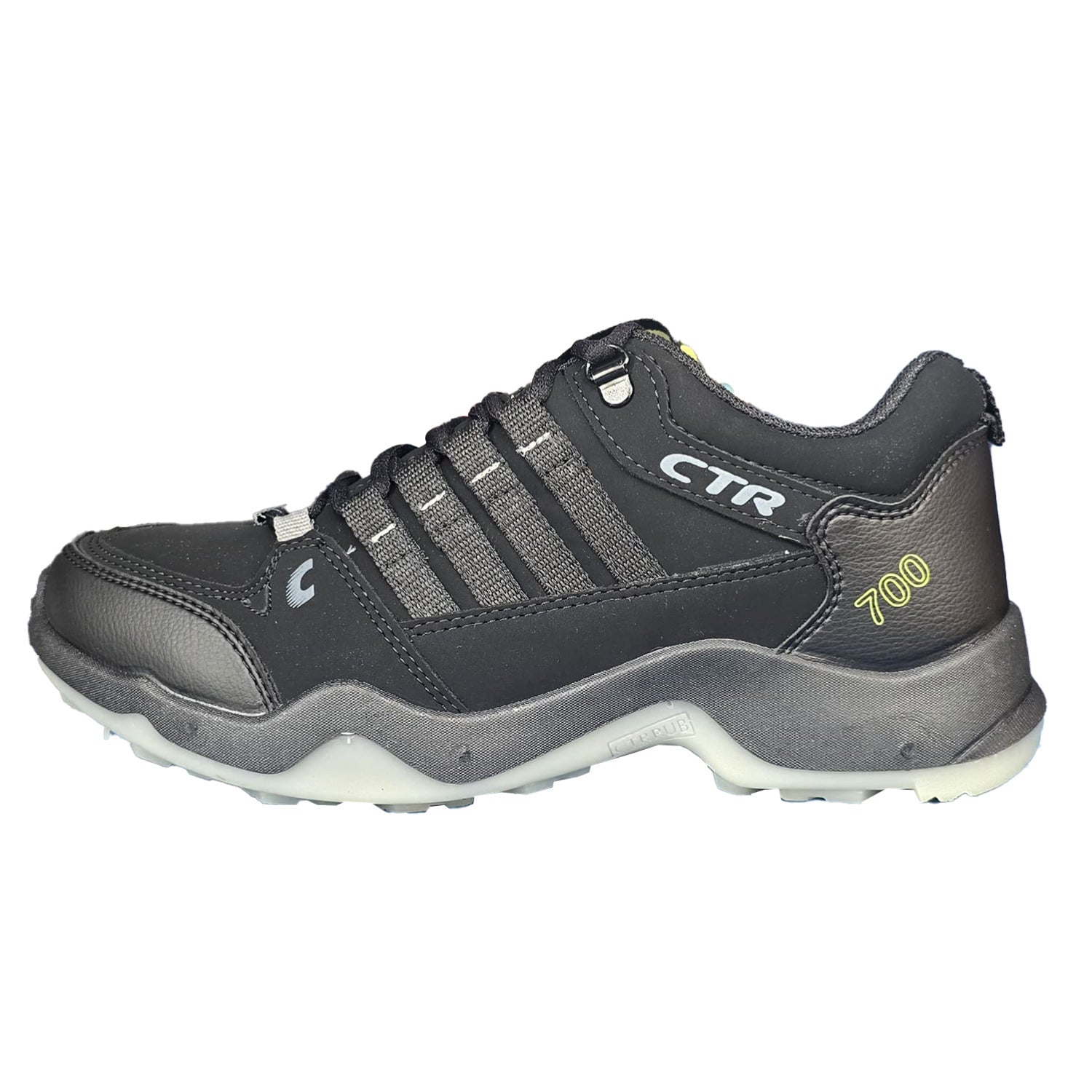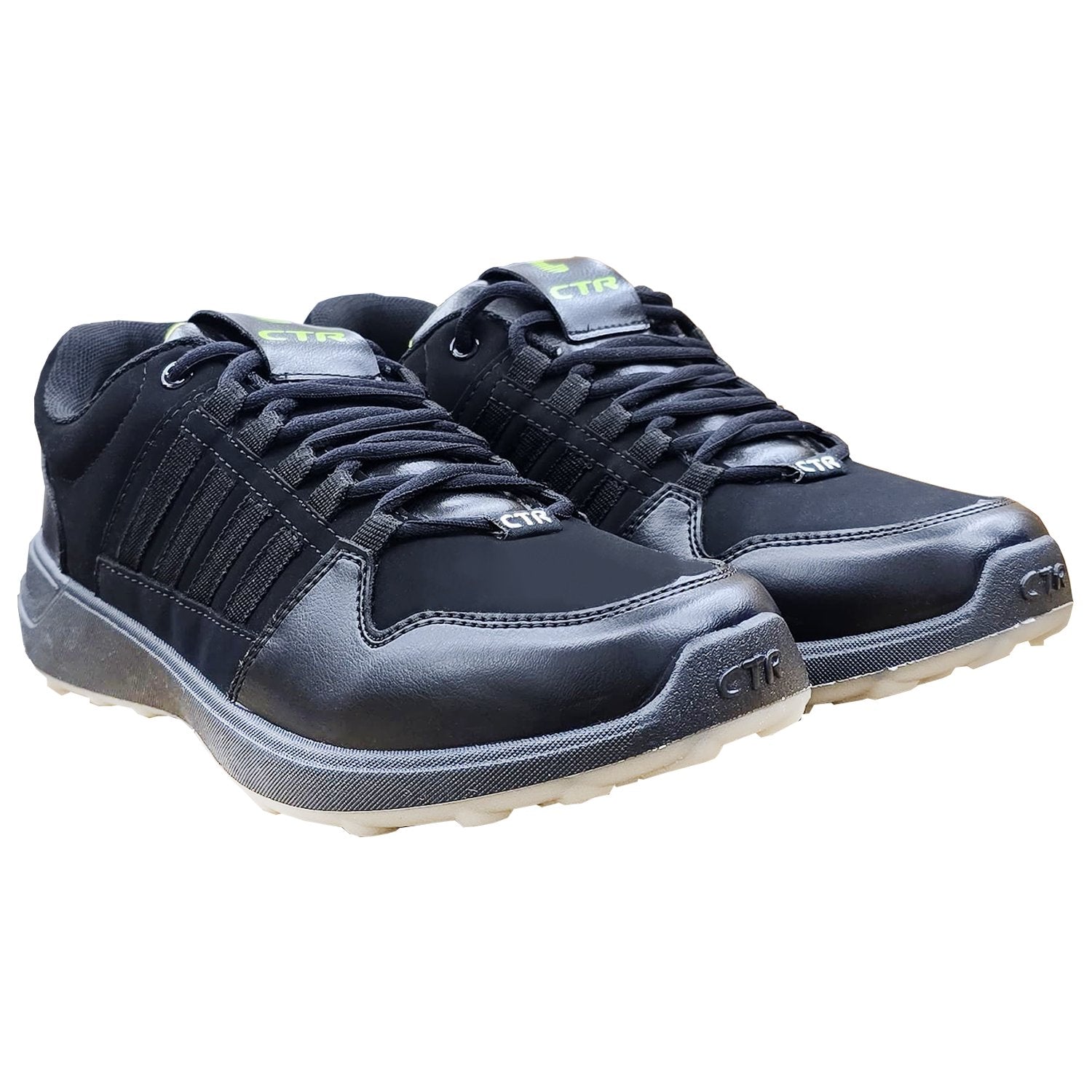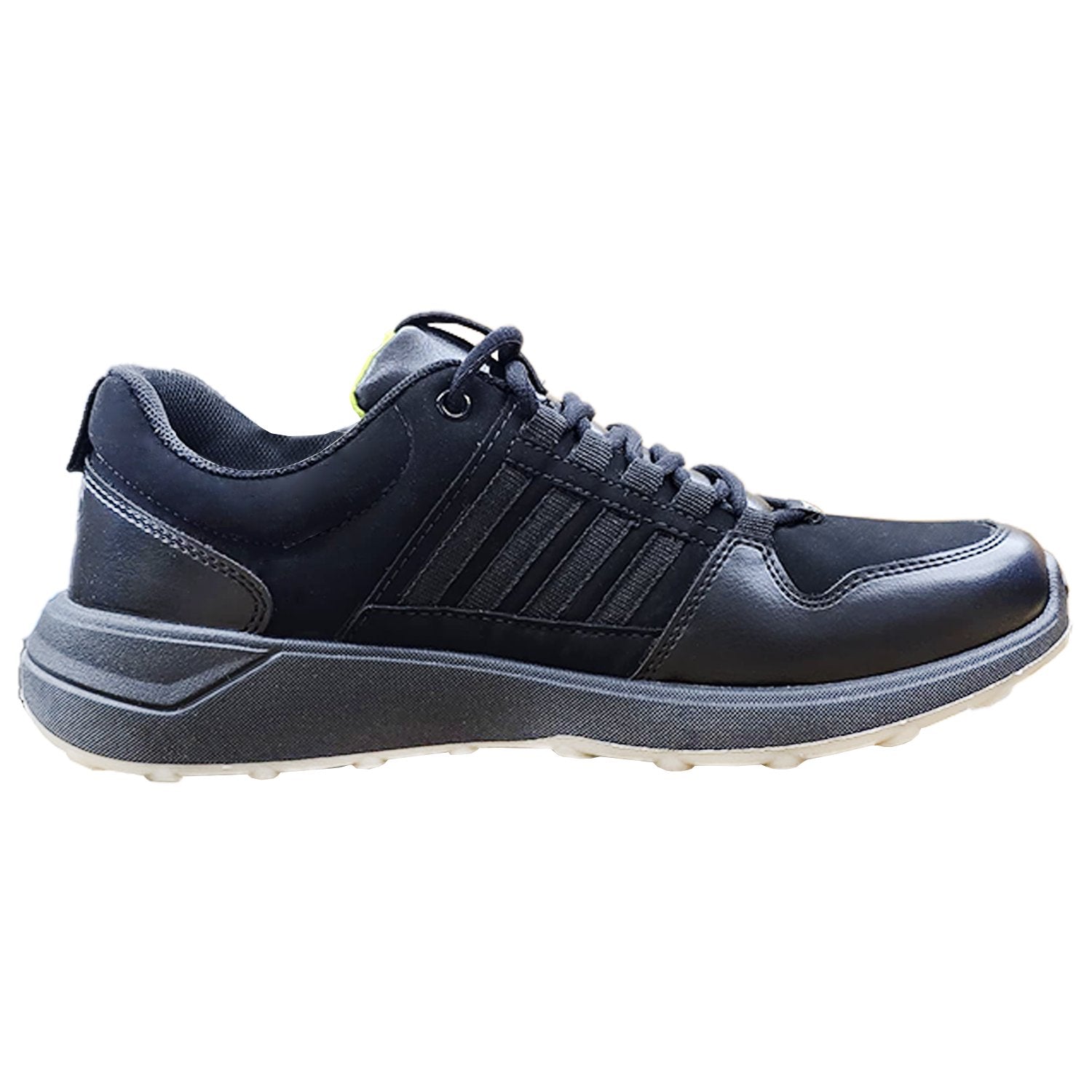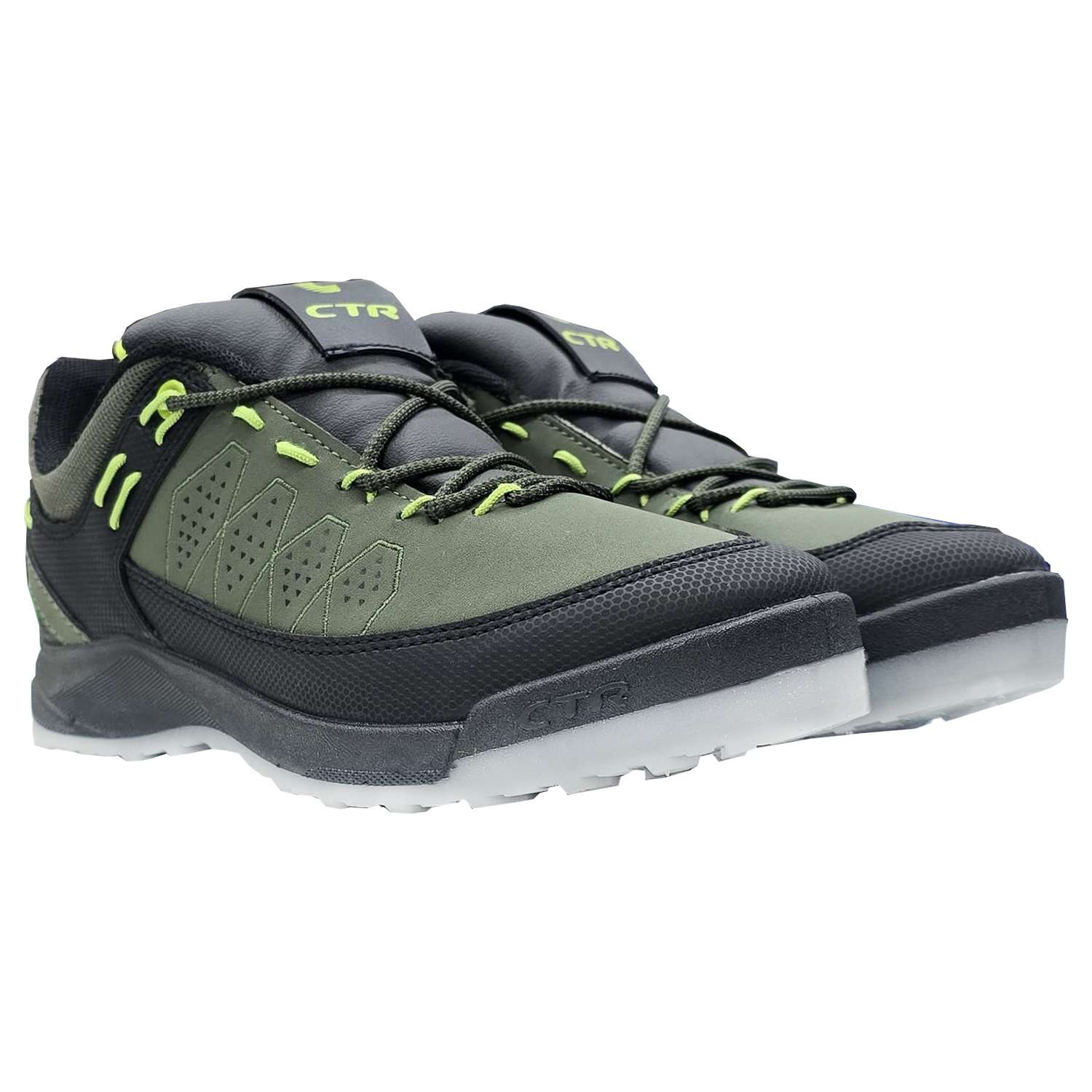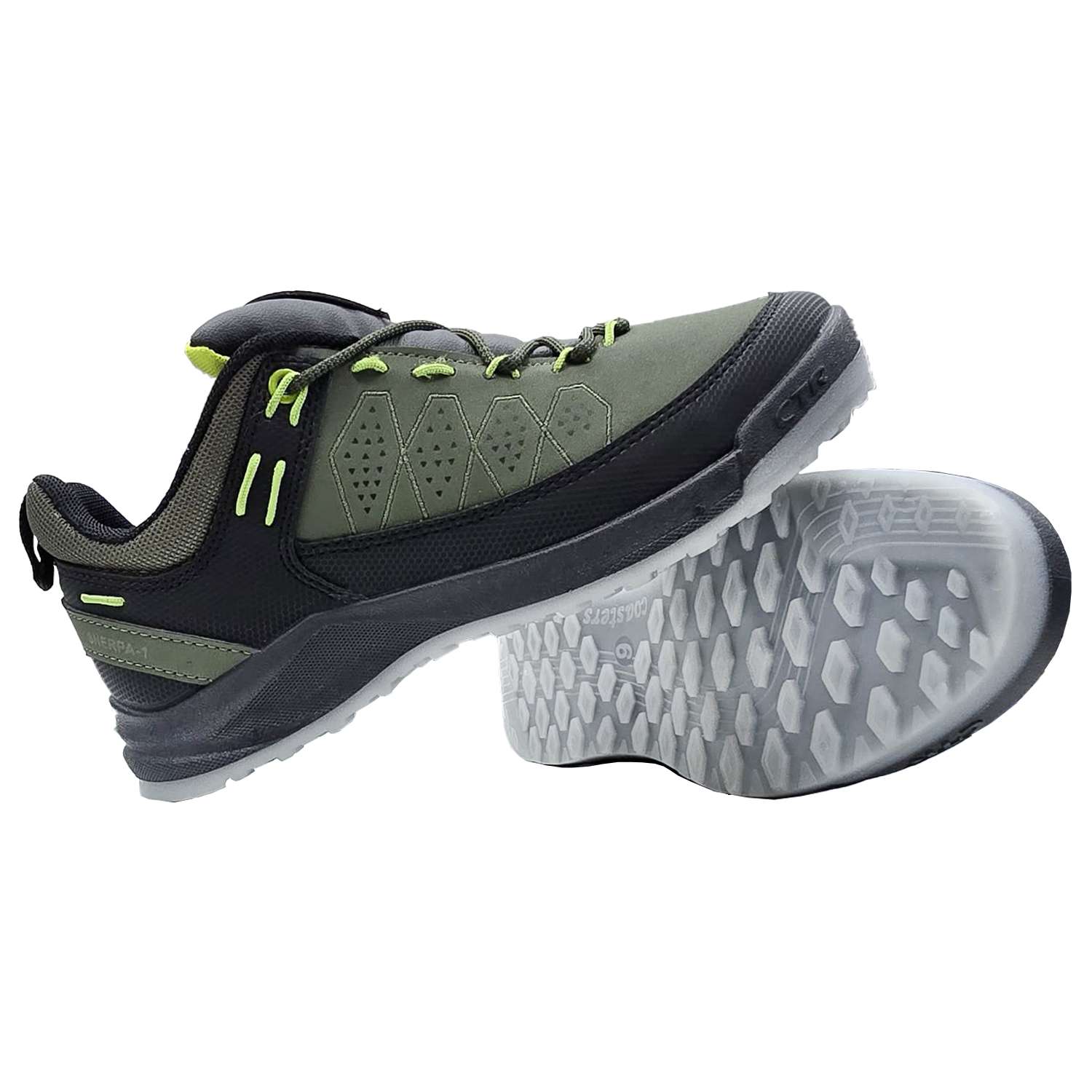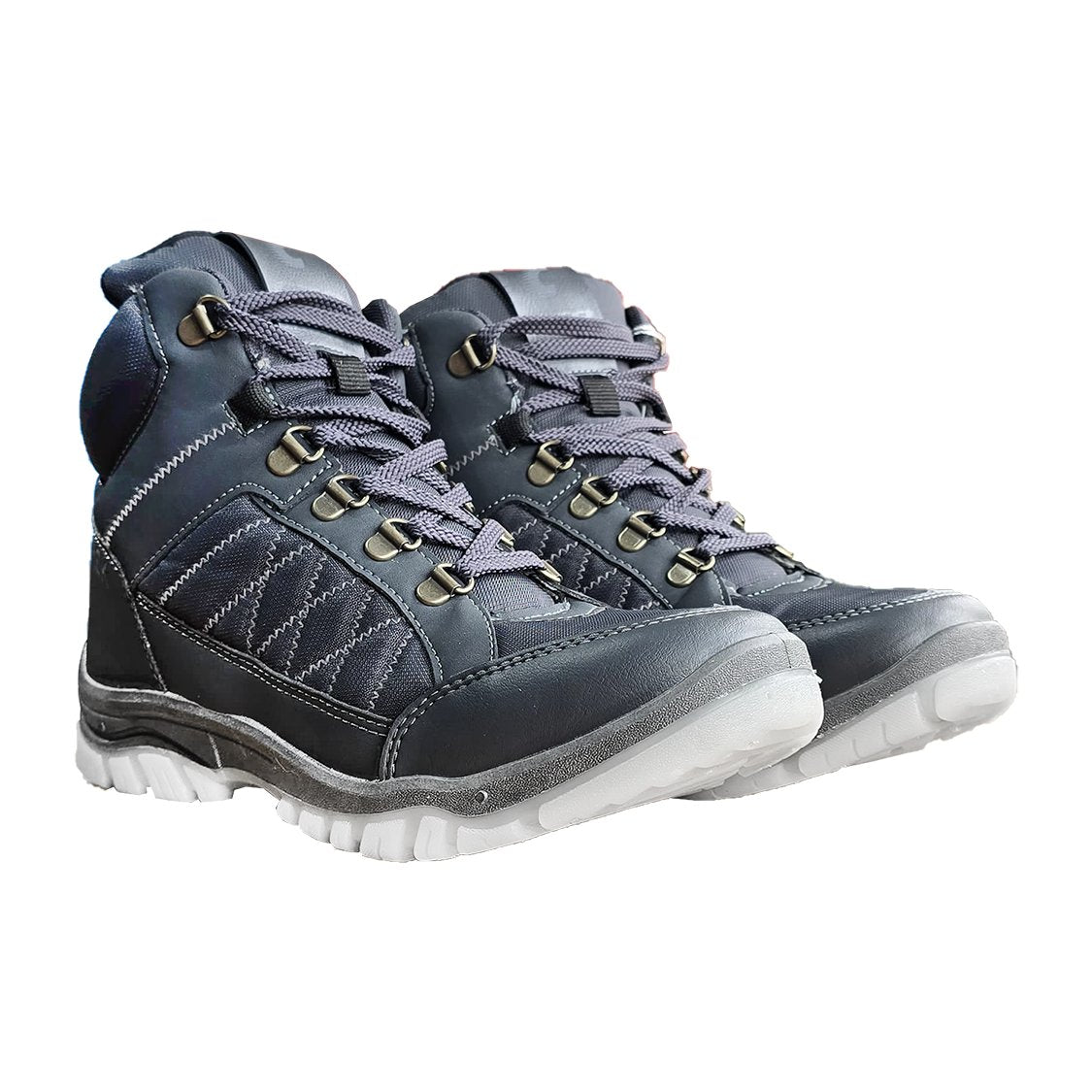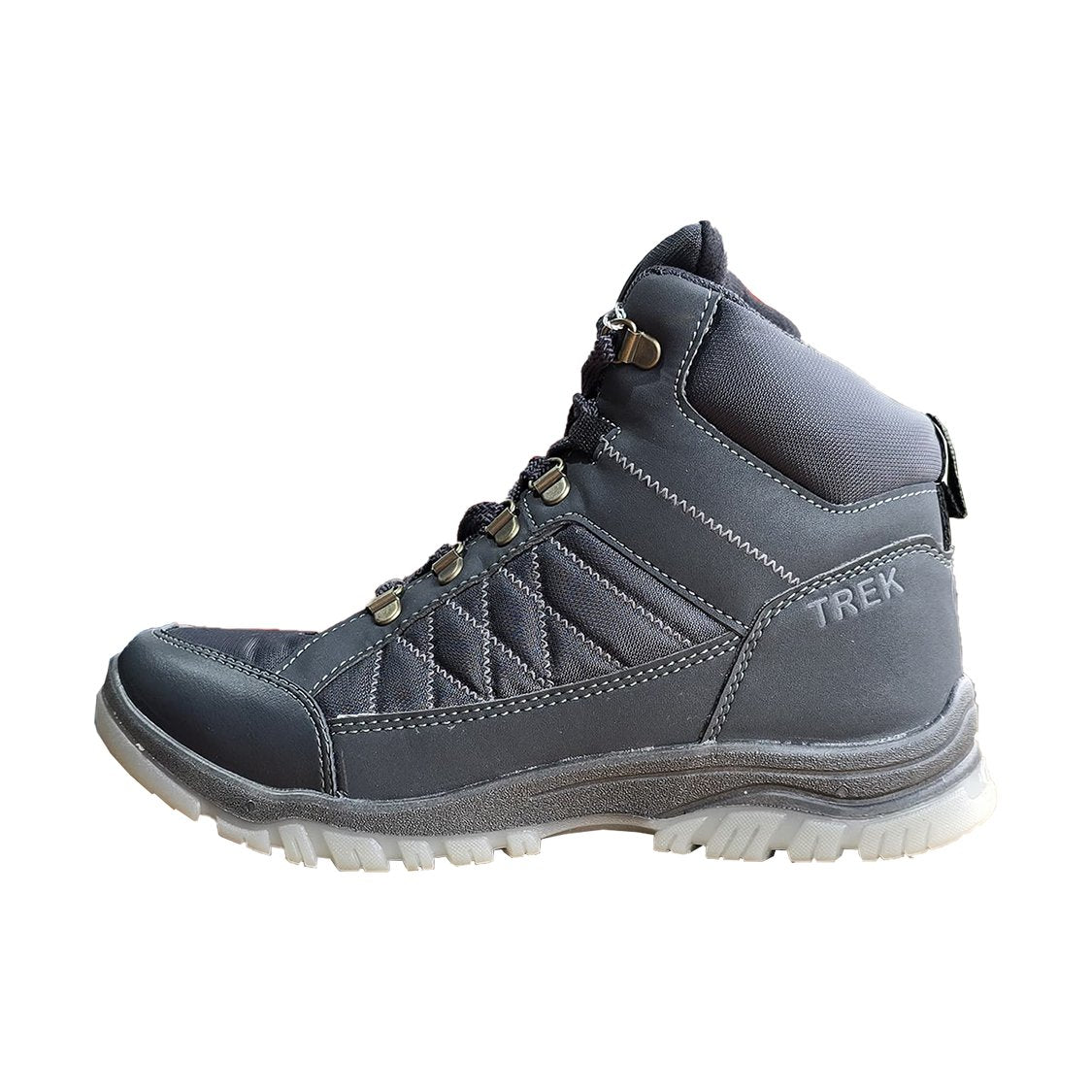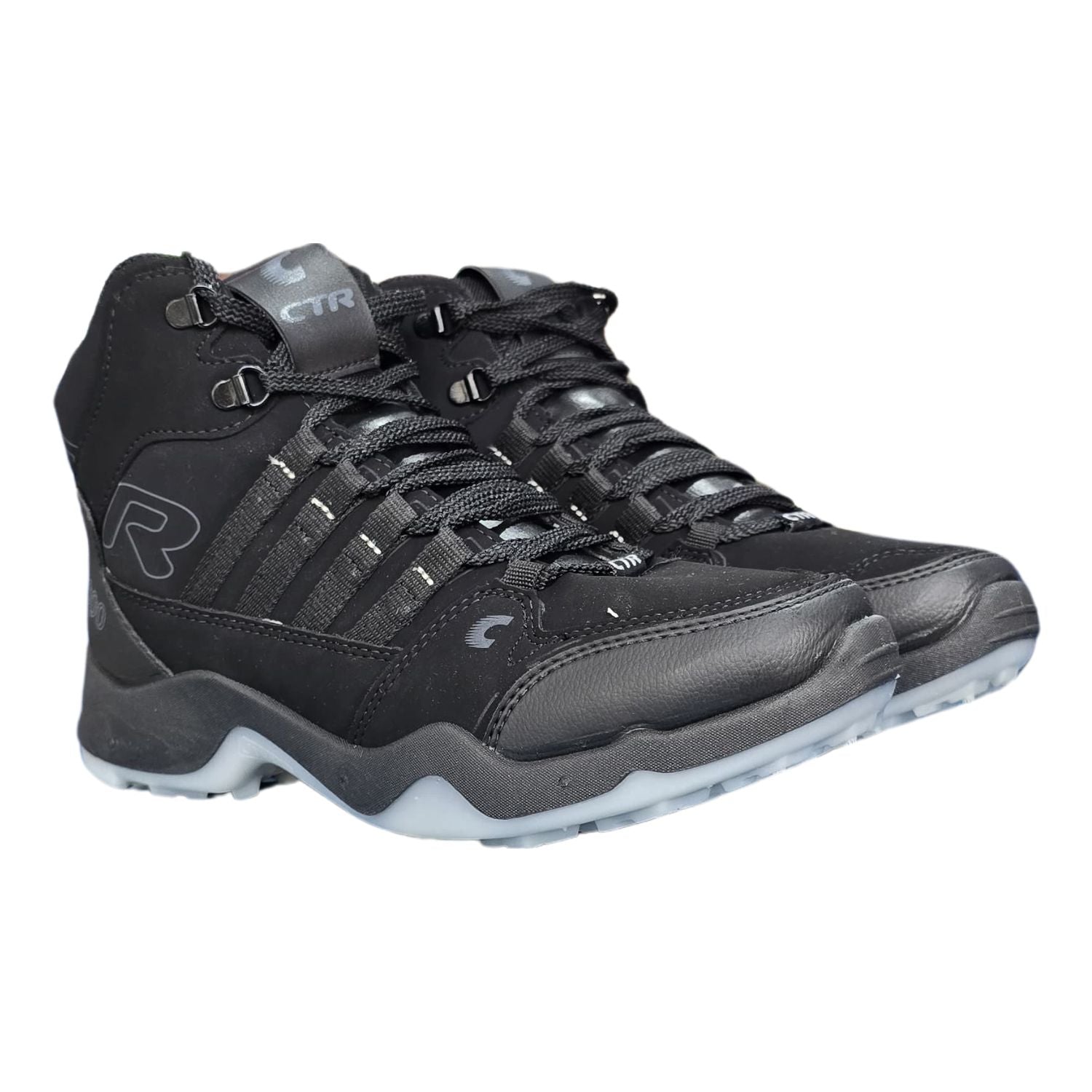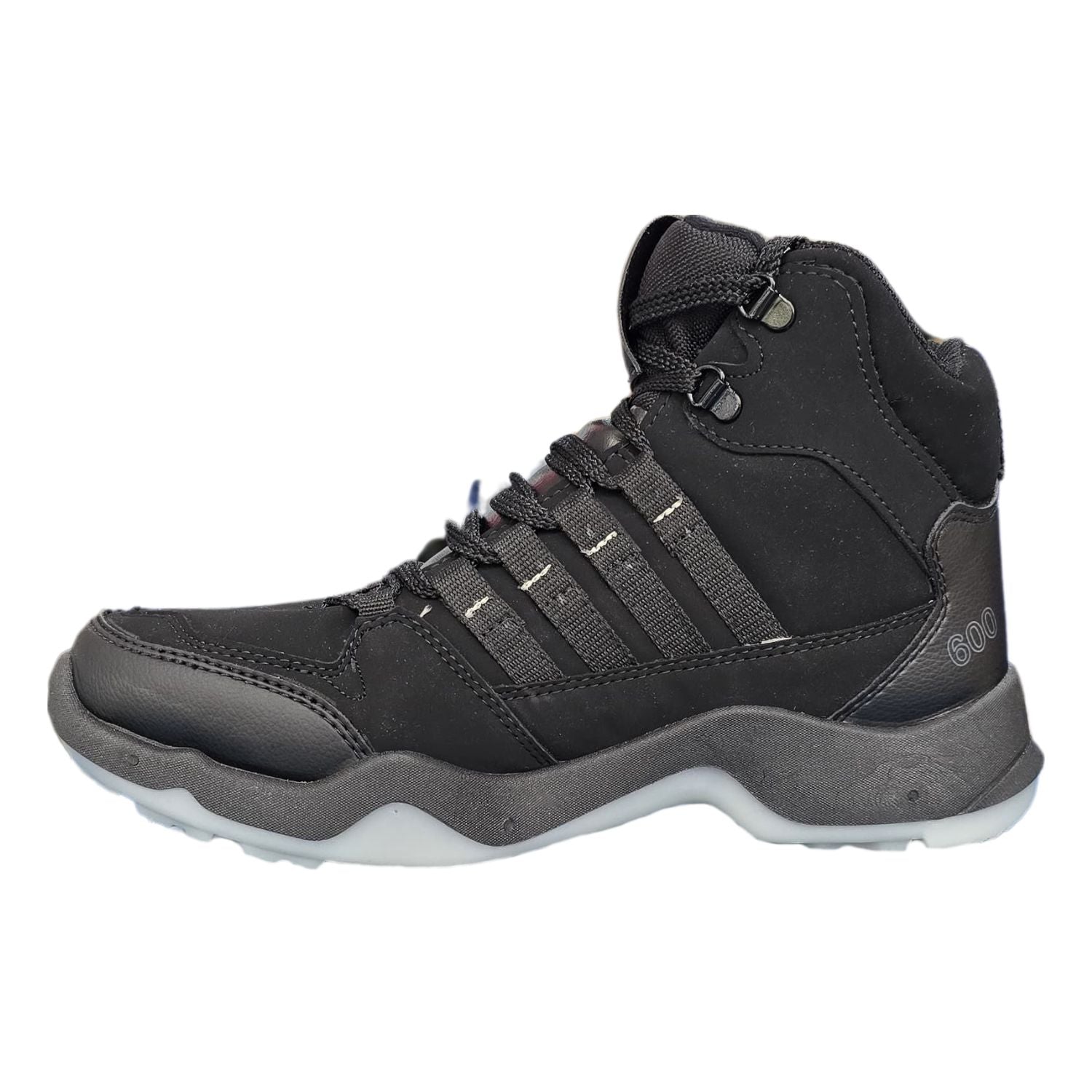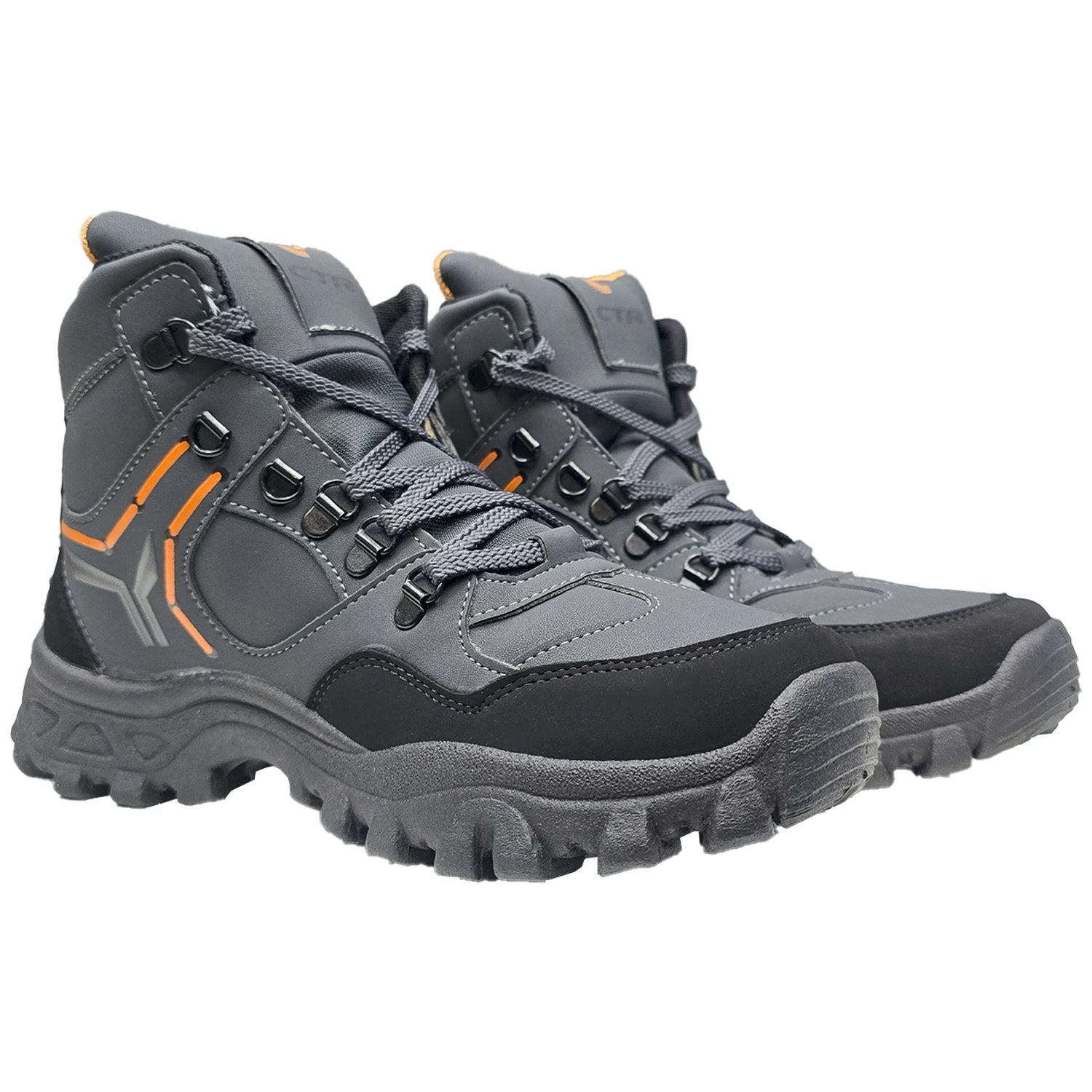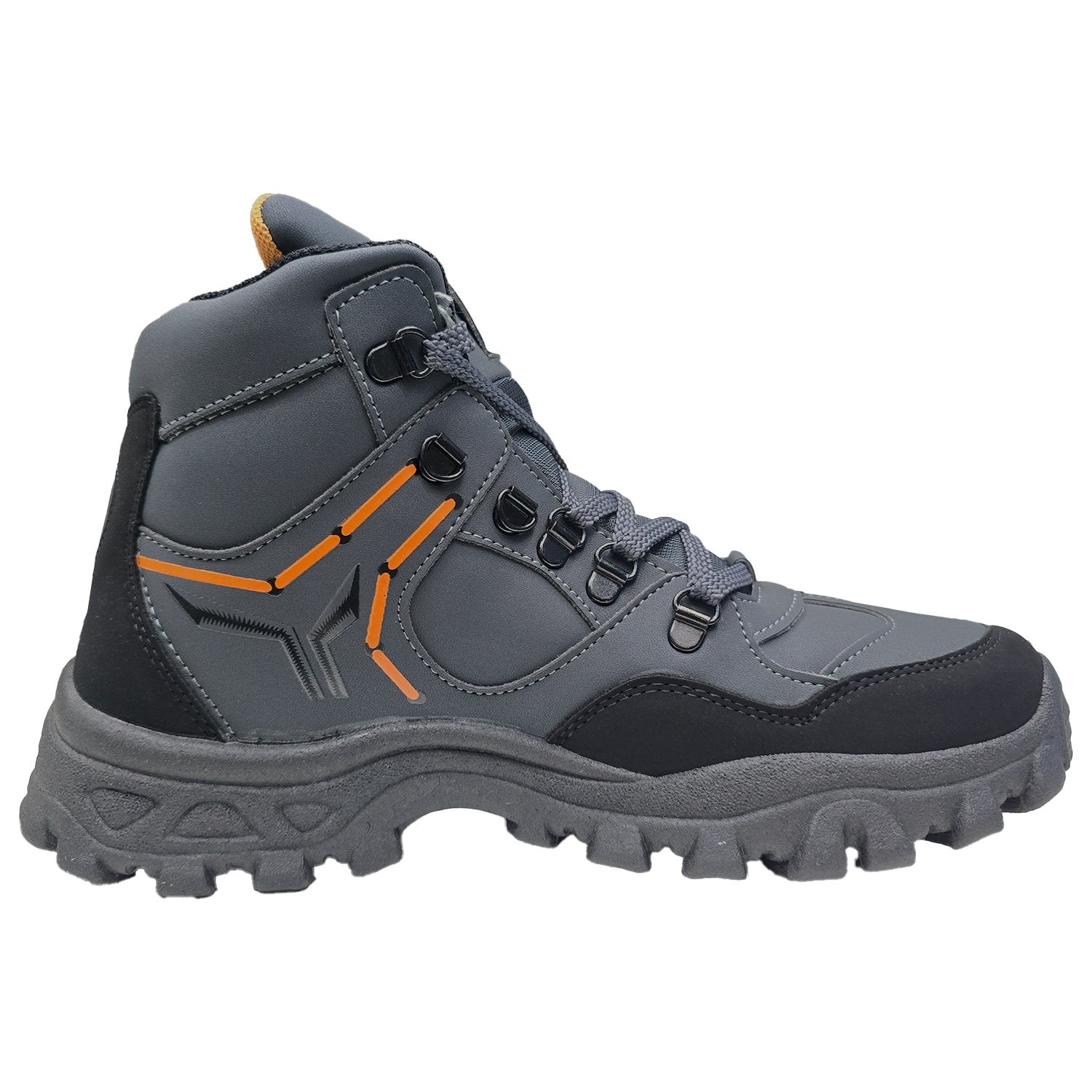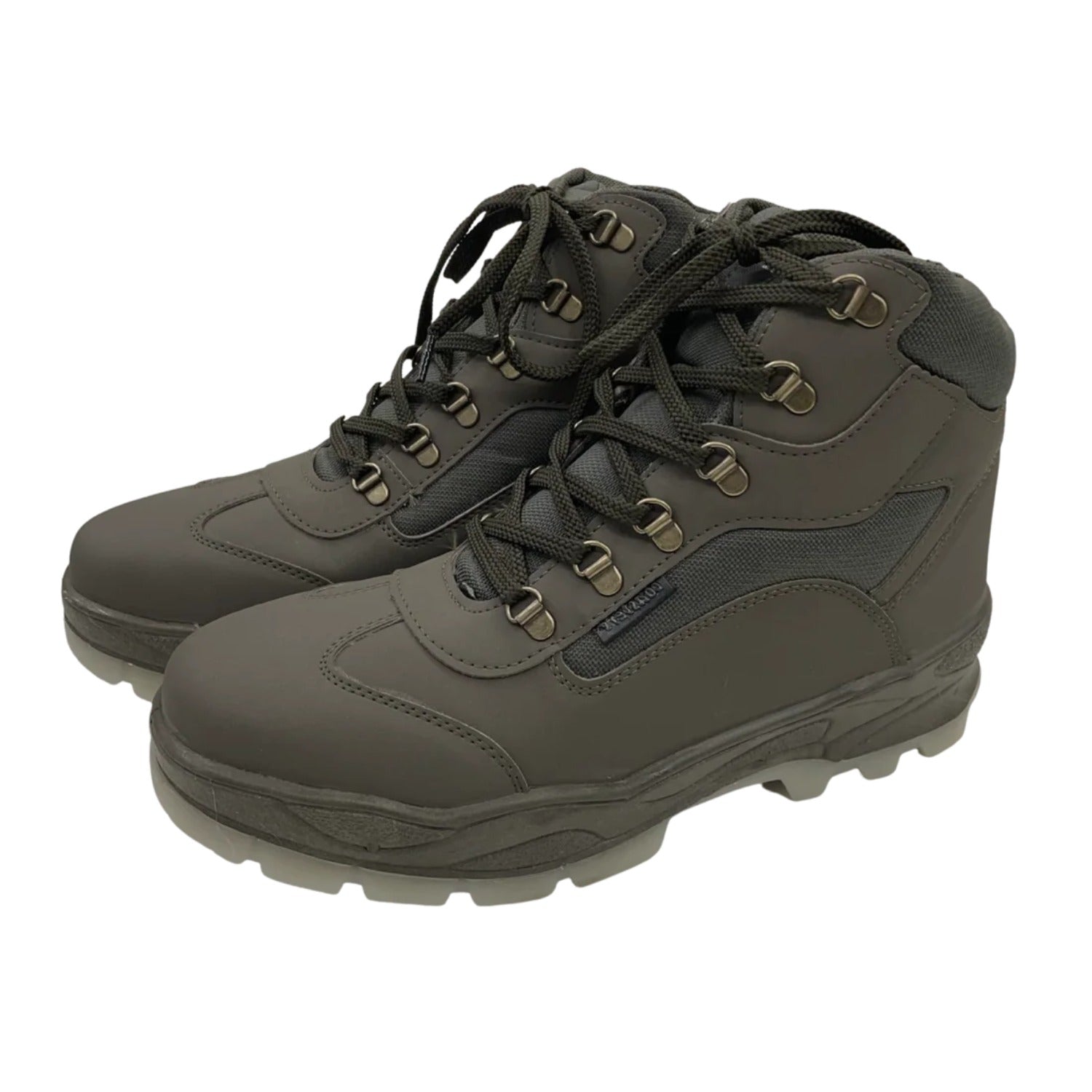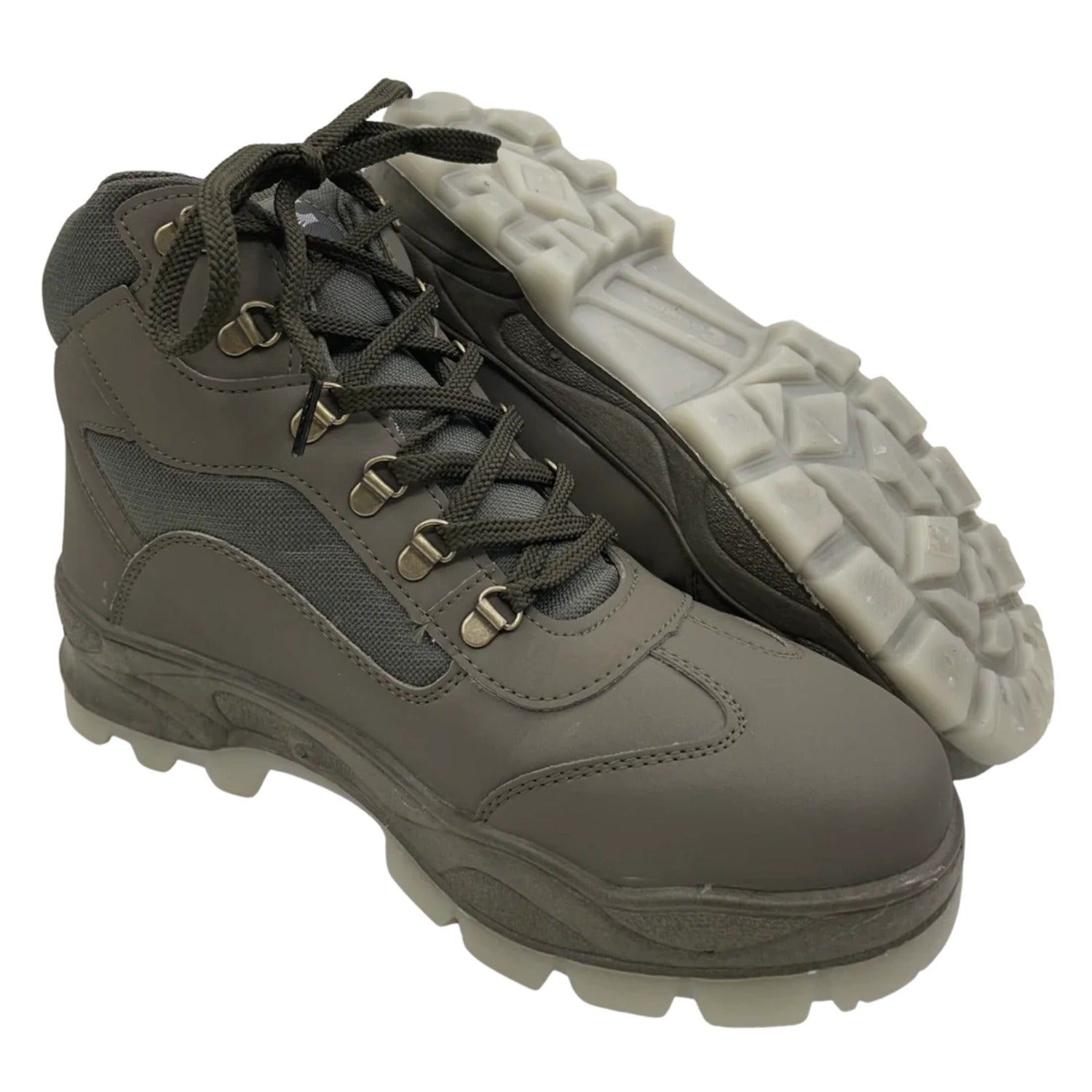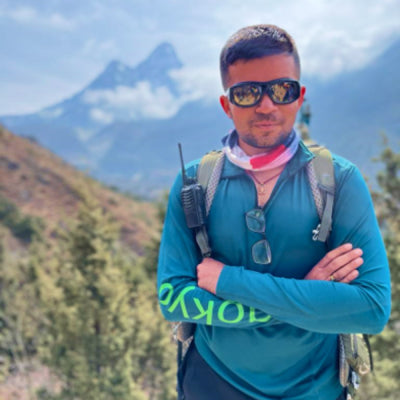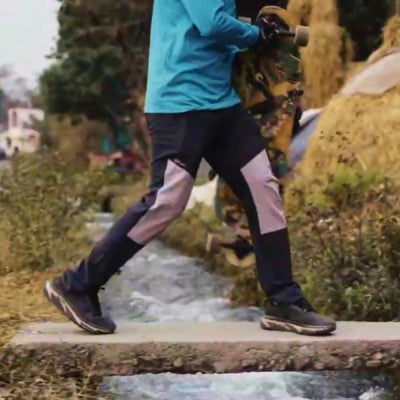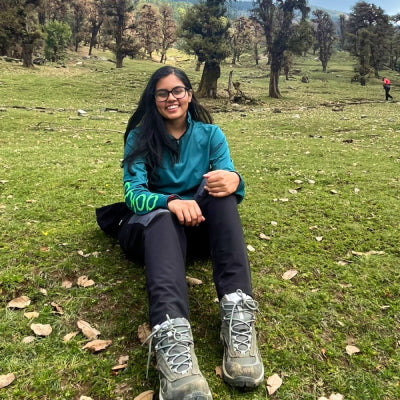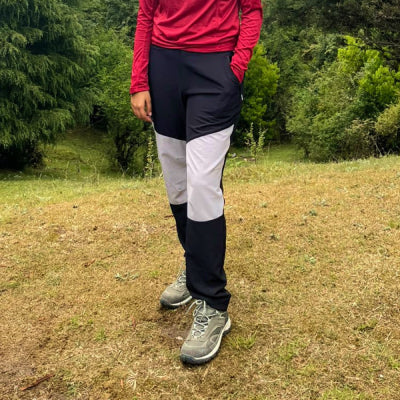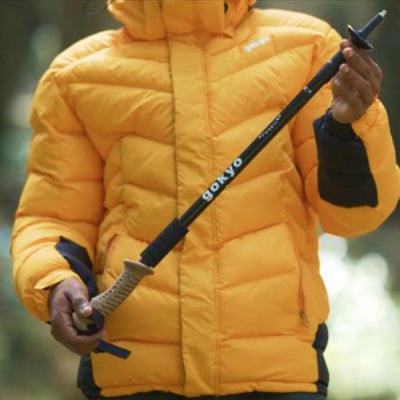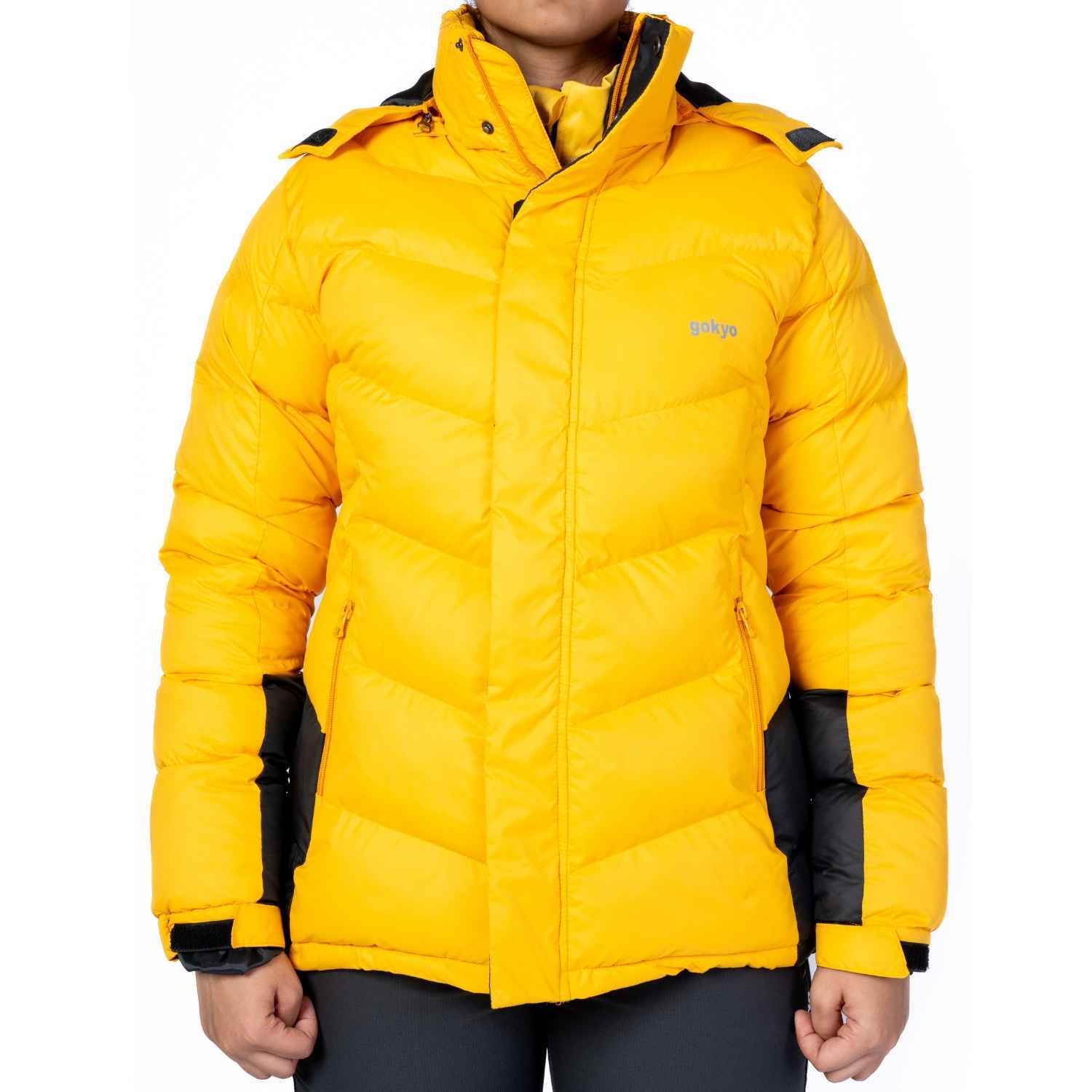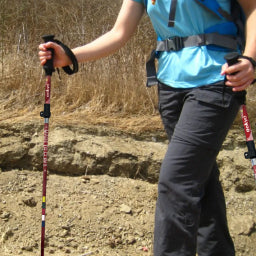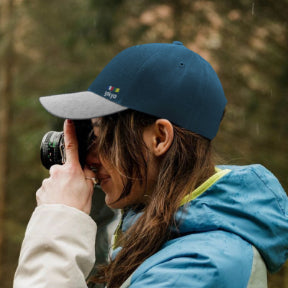Good shoes for trek either make or break the entire experience overall. Therefore, the choice made should be very mindful. If your waterproof shoes make your feet a lot in the middle of the trek, then you are not alone. When it comes to the breathability of shoes, there are a lot of factors impacting it. Your shoes may make trekking difficult, which is the last thing you want, if these factors are not addressed.
Let us get more into the depth of the problem.
Materials like gore-tex, which are both breathable and water-resistant, are used to make waterproof shoes. Sweat is able to evaporate due to their tiny pores. However, they are not as effective as the usual material of the shoes. This can lead to a warm, clammy environment inside your footwear, increasing the likelihood of excessive sweating.
Factors contributing to excessive foot sweat.
- Lack of breathability: Breathability is an important factor contributing to comfort. The waterproof material of the trekking shoes lacks breathability. Additionally, if the shoes are tightly constructed, it can create a warm and congested climate, limiting ventilation. Eventually, this leads to excessive seating.
- Temperature and activity level: Hiking is an exhausting activity. Requiring a lot of physical work naturally increases blood circulation and makes you sweat. When combined with waterproof materials, which are not as effectively breathable as the material of usual hiking boots, the moisture gets trapped. It leads to a sweaty and uncomfortable situation.
- Material buildup: It is very important to take care of your hiking gear to make it live longer and work effectively. When neglected, it can reduce the working of the gear. Sometimes, dirt, oil, and mud collect in the shoes after use and clog the pores. This ultimately results in cut-off ventilation and thus your feet can get sweaty.
- Fit and construction: The fit and stitching of your hiking boots can also be a reason for sweaty feet. Because of their tight fit, the shoes do not allow enough air to circulate naturally. The fit of the shoe plays an important role since it is what a good airflow depends on.
The consequences of excessive foot sweat:
- Blister and chaffing: Moisture and warmth create just the right environment for the bacteria and infections to grow. Additionally, the sweat can increase friction, resulting in blisters.
- Odor: Hiking can lead to sweaty feet, resulting in bad odor. Bacteria and moisture can combine to produce an unpleasant smell.
How to Minimize Sweat and Stay Comfortable
- Choose waterproof and breathable shoes: It is best to go for shoes that are breathable as well as waterproof. We, at Gokyo, have just the perfect collection. The shoes feature mesh panels and moisture-wicking linings inside the shoes.
- Keep your feet dry: Make sure you wipe your feet really well before starting off the trail. If you tend to sweat a lot, use footpowder to keep it dry. Also, take breaks during your hike to remove your shoes and allow your feet to air out.
- Proper shoe fit: Tight hikers shoes will not let your foot breathe and can keep it cramped. This might result in blisters and numbness, while a loose shoe will increase friction, causing blisters. To get the shoes of just the right size, make sure you leave space for the cushioned socks you are going to wear on the trek. This way, your feet will not suffocate and will stay dry and cool.
Other alternatives that you can opt for are
- Mesh hiking boots: Offering optimal breathability, mesh hiking shoes are a popular choice amongst hikers. These shoes help the air to circulate freshly which keeps your foot and odor free.
- Ventilated hiking boots: Providing extra support to the ankles, these boots offer breathability with their mesh panels inside. Durable enough, they offer support and ventilation altogether.
Conclusion
Although waterproof shoes are an excellent means of protecting your feet in damp environments, they can occasionally feel a bit confining. You just need the right pair for an unhindered experience. Gokyo is the best place you can get shoes that tick all the boxes. From insulated jackets to trekking poles, we have got your back.
Adjustable Trekking Poles for Hikes, Treks & Climbs
Frequently Asked Questions (FAQs) :
1. How can I keep my feet dry while wearing waterproof hiking shoes?
Wear moisture-wicking socks, and ensure your waterproof shoes and boots fit properly, allowing enough breathability to manage perspiration buildup and keep your feet dry.
2. What materials offer both waterproofing and breathability in trekking shoes?
Materials such as Gore-Tex, eVent, and waterproof-breathable membranes offer both waterproofing and breathing capability, allowing moisture to escape but keeping moisture outside where it belongs.
3. Are mesh hiking boots a better option for breathability?
Yes, mesh hiking boots ensure airflow and breathability.
4. How do I choose trekking socks to minimize sweating?
Choose socks that wick moisture and keep your feet dry and cool.
5. How often should I clean my trekking shoes to maintain breathability?
Clean your shoes after every hike and deep clean them once in a while.
6. Do ventilated hiking boots provide enough waterproof protection?
Most of the time, waterproof boots do not provide good ventilation, but there are boots available that have waterproofing properties along with ventilation.

